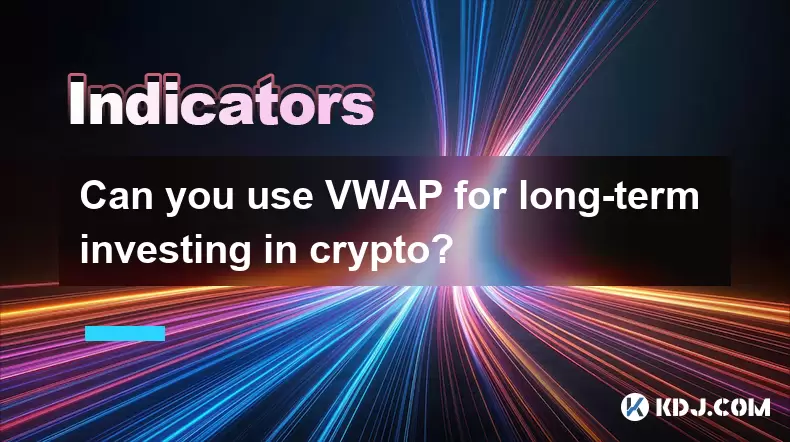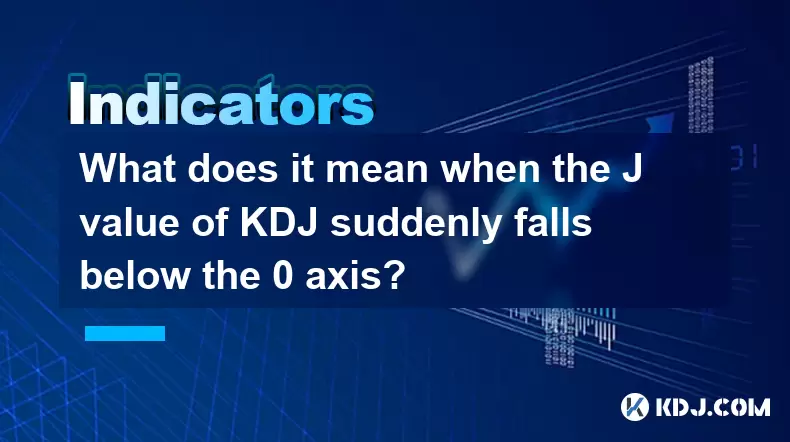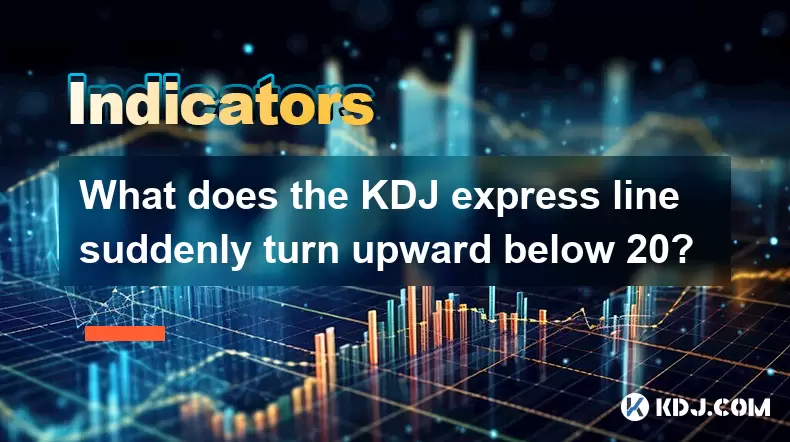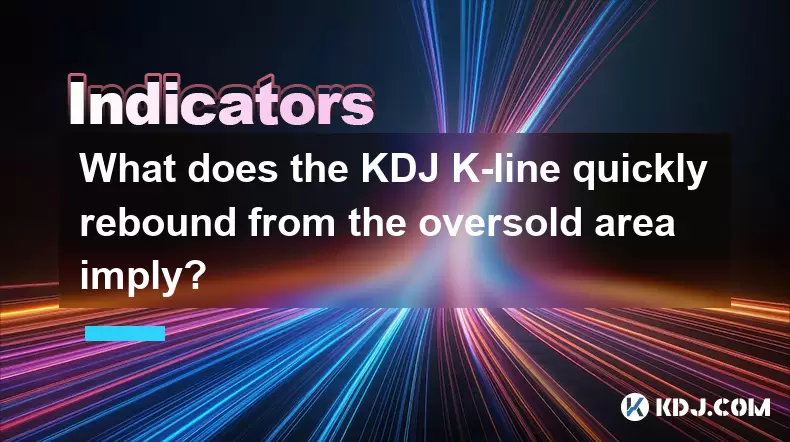-
 Bitcoin
Bitcoin $115100
-2.99% -
 Ethereum
Ethereum $3642
-1.38% -
 XRP
XRP $3.027
-5.51% -
 Tether USDt
Tether USDt $1.000
-0.05% -
 BNB
BNB $763.4
-1.32% -
 Solana
Solana $177.2
-5.42% -
 USDC
USDC $0.9999
-0.02% -
 Dogecoin
Dogecoin $0.2247
-6.47% -
 TRON
TRON $0.3135
0.23% -
 Cardano
Cardano $0.7824
-4.46% -
 Hyperliquid
Hyperliquid $42.53
-0.97% -
 Stellar
Stellar $0.4096
-6.09% -
 Sui
Sui $3.662
-2.61% -
 Chainlink
Chainlink $17.63
-3.57% -
 Bitcoin Cash
Bitcoin Cash $536.3
2.94% -
 Hedera
Hedera $0.2450
0.34% -
 Avalanche
Avalanche $23.23
-3.15% -
 Litecoin
Litecoin $112.2
-1.23% -
 UNUS SED LEO
UNUS SED LEO $8.976
-0.30% -
 Shiba Inu
Shiba Inu $0.00001341
-2.72% -
 Toncoin
Toncoin $3.101
-2.44% -
 Ethena USDe
Ethena USDe $1.001
-0.05% -
 Uniswap
Uniswap $10.08
-1.97% -
 Polkadot
Polkadot $3.938
-2.77% -
 Monero
Monero $323.9
0.87% -
 Dai
Dai $0.9999
-0.02% -
 Bitget Token
Bitget Token $4.481
-1.69% -
 Pepe
Pepe $0.00001199
-5.94% -
 Aave
Aave $288.2
-0.68% -
 Cronos
Cronos $0.1279
0.36%
Can you use VWAP for long-term investing in crypto?
VWAP, or Volume Weighted Average Price, helps crypto traders assess fair value by combining price and volume data, offering insights into trends and potential entry or exit points.
Jul 13, 2025 at 09:28 am

Understanding VWAP in the Context of Cryptocurrency
VWAP, or Volume Weighted Average Price, is a technical indicator widely used in traditional financial markets to determine the average price of an asset over a specific period, weighted by trading volume. In cryptocurrency, where volatility reigns supreme, many traders use VWAP to assess the fair value of an asset based on both price and volume.
Unlike simple moving averages that only consider price, VWAP incorporates volume into its calculation, which makes it more dynamic and reflective of market sentiment. This feature has led many investors to wonder whether VWAP can be effectively applied to long-term investing strategies in crypto, not just short-term trading.
How VWAP Works: A Brief Technical Overview
To understand whether VWAP is suitable for long-term investment, it's essential to grasp how it functions technically. The formula involves:
- Calculating the typical price for each interval (usually candlestick periods like 1 hour or 1 day):
(High + Low + Close) / 3 - Multiplying this typical price by the volume during that interval
- Summing up these values over the chosen time frame
- Dividing the cumulative value by the total volume over the same period
This process results in a line that reflects the average price weighted by volume. While most traders use VWAP on shorter time frames like 1-hour or 4-hour charts, some extend it to daily or even weekly intervals when considering longer-term positions.
Why Long-Term Investors Might Consider VWAP
Long-term investors often focus on fundamentals, but technical tools like VWAP can provide additional context regarding market behavior. Here’s why:
- Trend Validation: If the current price is consistently above the daily or weekly VWAP, it may indicate a bullish trend.
- Support and Resistance Levels: VWAP can act as a dynamic support or resistance level, especially in trending markets.
- Entry and Exit Signals: Some long-term investors use VWAP crossovers as signals to enter or exit positions gradually.
However, it’s important to note that VWAP is inherently lagging, meaning it relies on past data. For long-term strategies, this could result in delayed signals that might not always align with macroeconomic or fundamental changes affecting the crypto market.
Challenges of Using VWAP for Long-Term Crypto Investing
Despite its potential benefits, there are several limitations to consider when applying VWAP in long-term crypto investing:
- Lagging Nature: Since VWAP recalculates based on historical volume and price, it tends to trail behind actual price action, which may lead to missed opportunities or late entries/exits.
- Inconsistent Volume Across Assets: Not all cryptocurrencies have consistent trading volumes, especially smaller-cap coins. This inconsistency can distort the VWAP reading, making it less reliable.
- Time Frame Sensitivity: VWAP resets at the beginning of each new session. In traditional markets, this reset happens daily, but in crypto, where markets never close, users must manually adjust the reset point, which can introduce subjectivity.
- Not Designed for Long-Term Use: Originally intended for intraday trading, VWAP was not built for multi-month or multi-year strategies, which means its effectiveness diminishes over extended periods without customization.
These challenges highlight the importance of combining VWAP with other indicators or analytical methods to enhance its utility for long-term crypto investors.
How to Adapt VWAP for Long-Term Crypto Strategies
If you're determined to integrate VWAP into your long-term crypto strategy, here are practical ways to adapt it:
- Use Custom Time Frames: Instead of resetting VWAP every day, set it to reset weekly or monthly to better align with long-term trends.
- Combine With Moving Averages: Overlaying VWAP with EMAs or SMAs can help filter out noise and confirm long-term momentum.
- Monitor VWAP Deviations: Significant deviations from VWAP can signal overbought or oversold conditions, especially if accompanied by extreme volume spikes.
- Backtest Your Strategy: Before committing capital, backtest your VWAP-based approach using historical data across multiple market cycles.
- Adjust for Market Conditions: During high volatility or black swan events, VWAP may become less reliable, so manual adjustments or temporary suspension of reliance on it might be necessary.
By customizing the standard VWAP setup, long-term investors can make it more relevant to their holding strategies while still benefiting from its volume-weighted insights.
VWAP vs. Other Indicators for Long-Term Crypto Investment
While VWAP offers unique advantages, it's worth comparing it with other commonly used indicators among long-term crypto investors:
- Moving Averages (MA): These are simpler and smoother than VWAP, often preferred for identifying long-term trends without the noise introduced by volume.
- MACD (Moving Average Convergence Divergence): Useful for spotting trend reversals, though it lacks the volume component that VWAP provides.
- RSI (Relative Strength Index): Helps identify overbought or oversold levels but does not factor in volume, unlike VWAP.
- Fundamental Metrics: On-chain data, exchange flows, and network activity are increasingly used by long-term investors and may offer more actionable insights than VWAP alone.
Ultimately, VWAP should not be used in isolation, especially for long-term investing. It works best when combined with broader analysis frameworks that include both technical and fundamental components.
Frequently Asked Questions (FAQ)
Q: Is VWAP better than moving averages for long-term crypto investing?
A: Not necessarily. While VWAP includes volume in its calculation, which can add depth, moving averages tend to be smoother and more suited for identifying long-term trends. The choice depends on your investment style and preference for volume-weighted indicators.
Q: Can I use VWAP on weekly charts for long-term crypto investments?
A: Yes, VWAP can be applied to weekly charts, although it wasn't originally designed for such long time frames. You may need to customize the reset point and combine it with other tools for better accuracy.
Q: Does VWAP work well for altcoins with low trading volume?
A: Generally, no. VWAP becomes less reliable for assets with inconsistent or low volume, as volume plays a critical role in its calculation. This limitation makes it less effective for certain altcoins.
Q: How do I know if a crypto is undervalued according to VWAP?
A: If the current price is significantly below the VWAP line on a daily or weekly chart, it could suggest the asset is undervalued relative to its historical volume-weighted price. However, always cross-check with other metrics before making investment decisions.
Disclaimer:info@kdj.com
The information provided is not trading advice. kdj.com does not assume any responsibility for any investments made based on the information provided in this article. Cryptocurrencies are highly volatile and it is highly recommended that you invest with caution after thorough research!
If you believe that the content used on this website infringes your copyright, please contact us immediately (info@kdj.com) and we will delete it promptly.
- Crypto ETFs: Analyzing the 2025 Boom and Beyond
- 2025-07-26 00:30:12
- Bitcoin Swift (BTC3): Last Call for Presale Stage 1!
- 2025-07-25 23:10:12
- Altcoins of the Decade: Unearthing the Top 3 Crypto Titans
- 2025-07-25 23:50:11
- Bitcoin, Presales, and Crypto Buys: What's Hot in the NYC Crypto Scene?
- 2025-07-25 23:50:11
- BlockDAG, LINK, and Uniswap: Navigating the Crypto Landscape with Real-World Utility
- 2025-07-25 23:55:12
- Tyre Legalities and the 20p Coin Test: What Motoring Experts Want You to Know
- 2025-07-25 23:55:12
Related knowledge

What does it mean when the J value of KDJ suddenly falls below the 0 axis?
Jul 26,2025 at 12:01am
Understanding the KDJ Indicator in Cryptocurrency TradingThe KDJ indicator is a momentum oscillator widely used in cryptocurrency trading to identify ...

How to interpret that the KDJ D line is downward for a long time but the price is sideways?
Jul 25,2025 at 07:00pm
Understanding the KDJ Indicator and Its ComponentsThe KDJ indicator is a momentum oscillator widely used in cryptocurrency trading to assess overbough...

What does the KDJ express line suddenly turn upward below 20?
Jul 25,2025 at 11:49pm
Understanding the KDJ Indicator in Cryptocurrency TradingThe KDJ indicator is a momentum oscillator widely used in cryptocurrency trading to identify ...

What does the KDJ K-line quickly rebound from the oversold area imply?
Jul 26,2025 at 12:21am
Understanding the KDJ Indicator in Cryptocurrency TradingThe KDJ indicator is a momentum oscillator widely used in cryptocurrency trading to identify ...

What does it mean that the KDJ indicator forms a double bottom at a low level?
Jul 25,2025 at 05:08pm
Understanding the KDJ Indicator in Cryptocurrency TradingThe KDJ indicator is a momentum oscillator widely used in cryptocurrency trading to identify ...

What does it mean that the RSI continues to hover in the 40-60 range?
Jul 25,2025 at 11:07pm
Understanding the RSI and Its Typical BehaviorThe Relative Strength Index (RSI) is a momentum oscillator that measures the speed and change of price m...

What does it mean when the J value of KDJ suddenly falls below the 0 axis?
Jul 26,2025 at 12:01am
Understanding the KDJ Indicator in Cryptocurrency TradingThe KDJ indicator is a momentum oscillator widely used in cryptocurrency trading to identify ...

How to interpret that the KDJ D line is downward for a long time but the price is sideways?
Jul 25,2025 at 07:00pm
Understanding the KDJ Indicator and Its ComponentsThe KDJ indicator is a momentum oscillator widely used in cryptocurrency trading to assess overbough...

What does the KDJ express line suddenly turn upward below 20?
Jul 25,2025 at 11:49pm
Understanding the KDJ Indicator in Cryptocurrency TradingThe KDJ indicator is a momentum oscillator widely used in cryptocurrency trading to identify ...

What does the KDJ K-line quickly rebound from the oversold area imply?
Jul 26,2025 at 12:21am
Understanding the KDJ Indicator in Cryptocurrency TradingThe KDJ indicator is a momentum oscillator widely used in cryptocurrency trading to identify ...

What does it mean that the KDJ indicator forms a double bottom at a low level?
Jul 25,2025 at 05:08pm
Understanding the KDJ Indicator in Cryptocurrency TradingThe KDJ indicator is a momentum oscillator widely used in cryptocurrency trading to identify ...

What does it mean that the RSI continues to hover in the 40-60 range?
Jul 25,2025 at 11:07pm
Understanding the RSI and Its Typical BehaviorThe Relative Strength Index (RSI) is a momentum oscillator that measures the speed and change of price m...
See all articles

























































































